English

The relationship between Japanese people and eels is very old, and eel bones have been excavated from remains of the Jomon Period(14,000 B.C. to 1000 B.C.). The oldest collection of Japanese poetry, the Manyoshu(780 A.C.), also contains poems that mention eels. Japanese people have been utilizing eels for a long time, incorporating them into their food culture. Traditionally, there is also the custom of eating eels on "Doyo no Ushi" (the day of the ox) in summer.
Currently, only 0.3% of the total nationwide distribution of eels, beloved by the Japanese, is made up of wild eels, while more than 99% is made up of artificially cultivated ones. However, the complete cultivation technology for eels has not yet been developed, so the young eels are 100% wild. They hatch in the deep sea off the Philippines, ride the Kuroshio Current northward in early spring, and are captured in the Japanese coast. Then, they are raised in cultivation ponds. Enjoy traditional Japanese eel dishes!

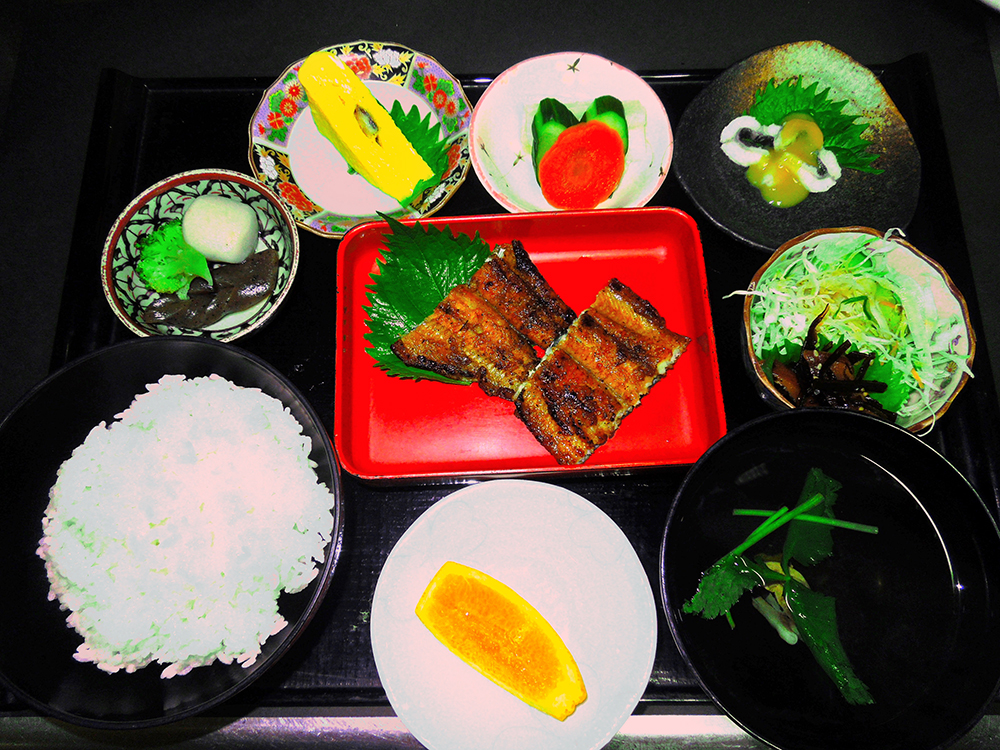
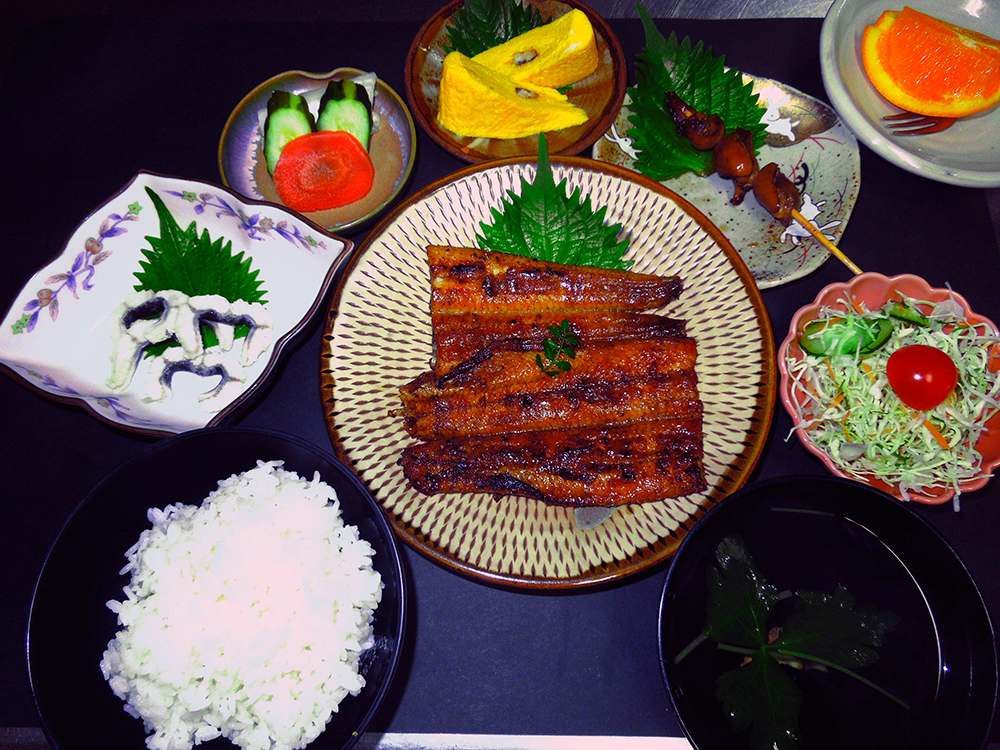


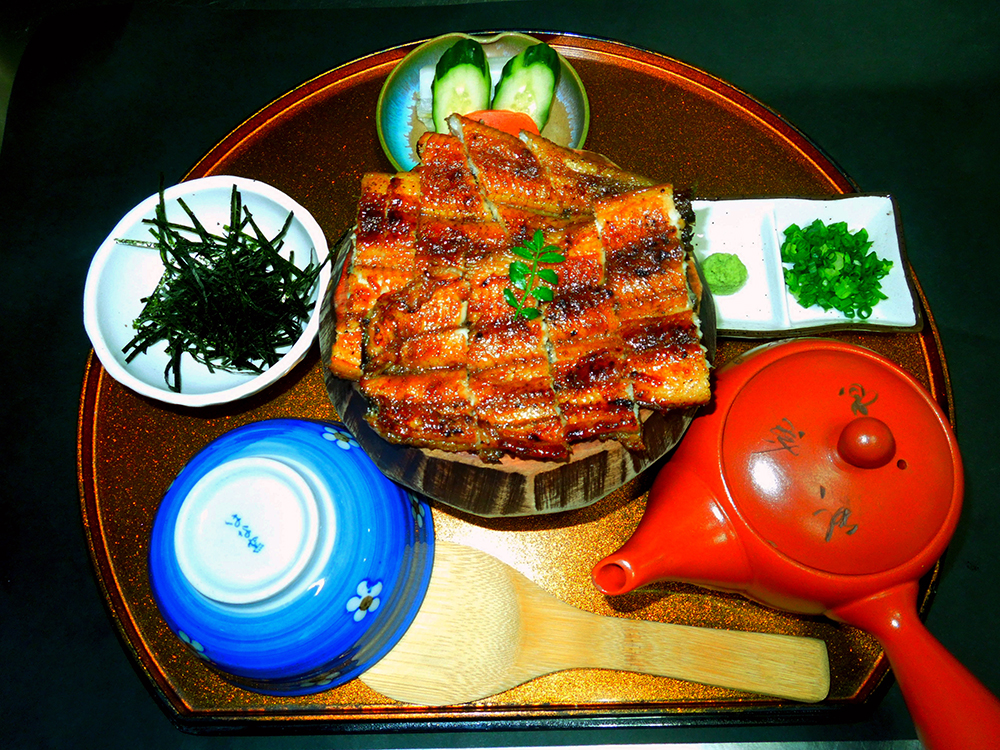
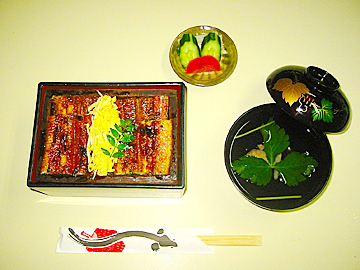
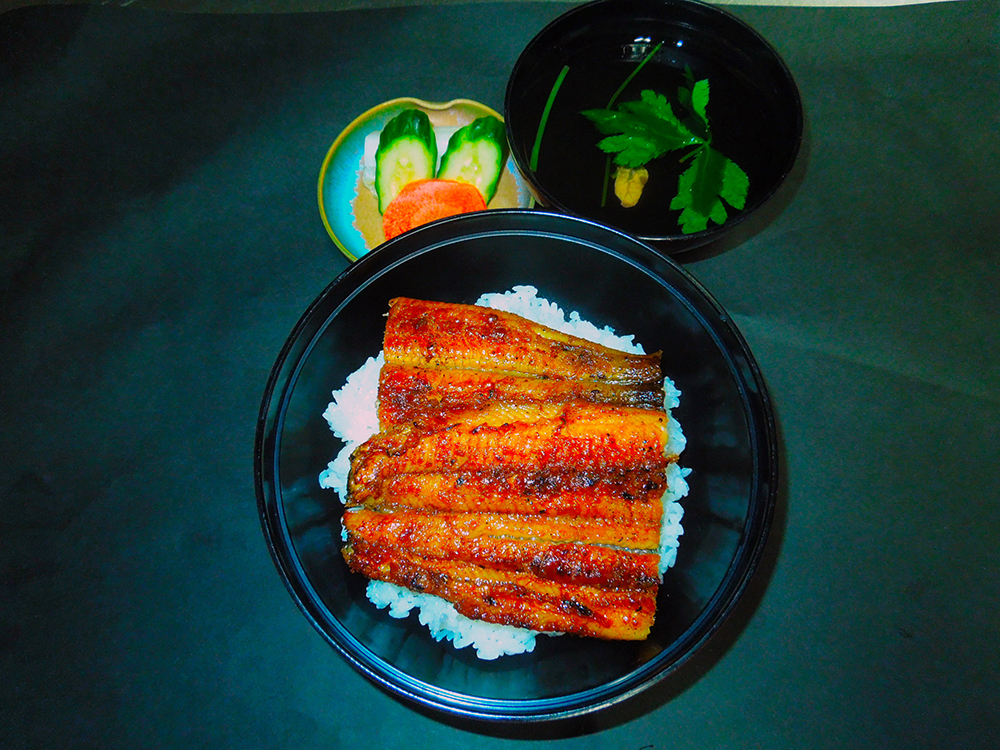
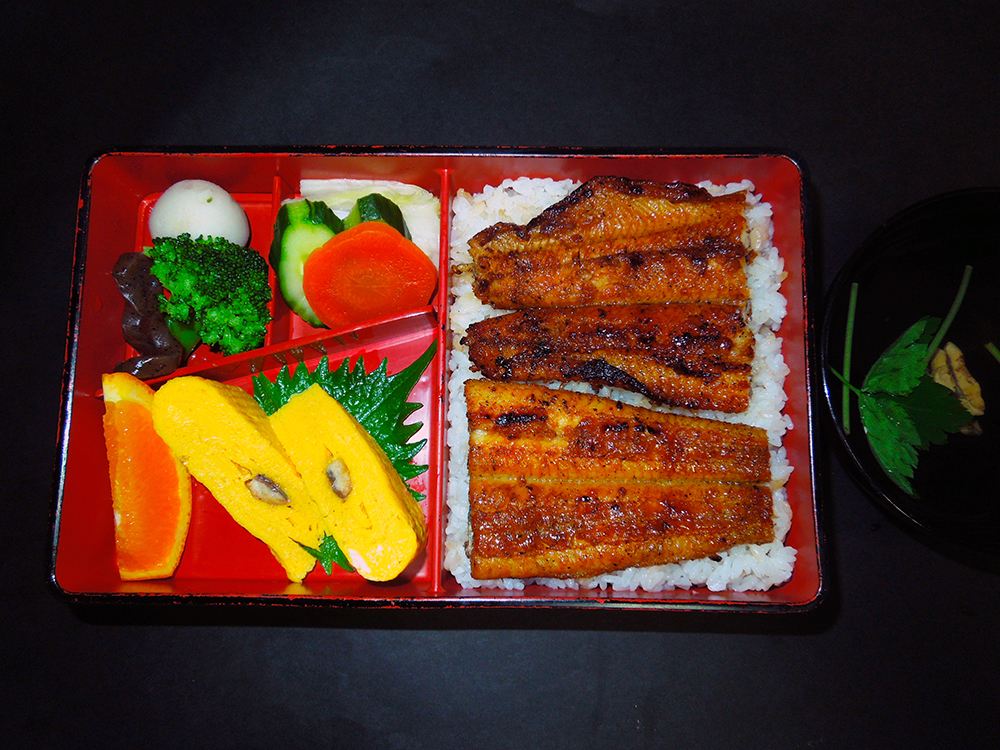
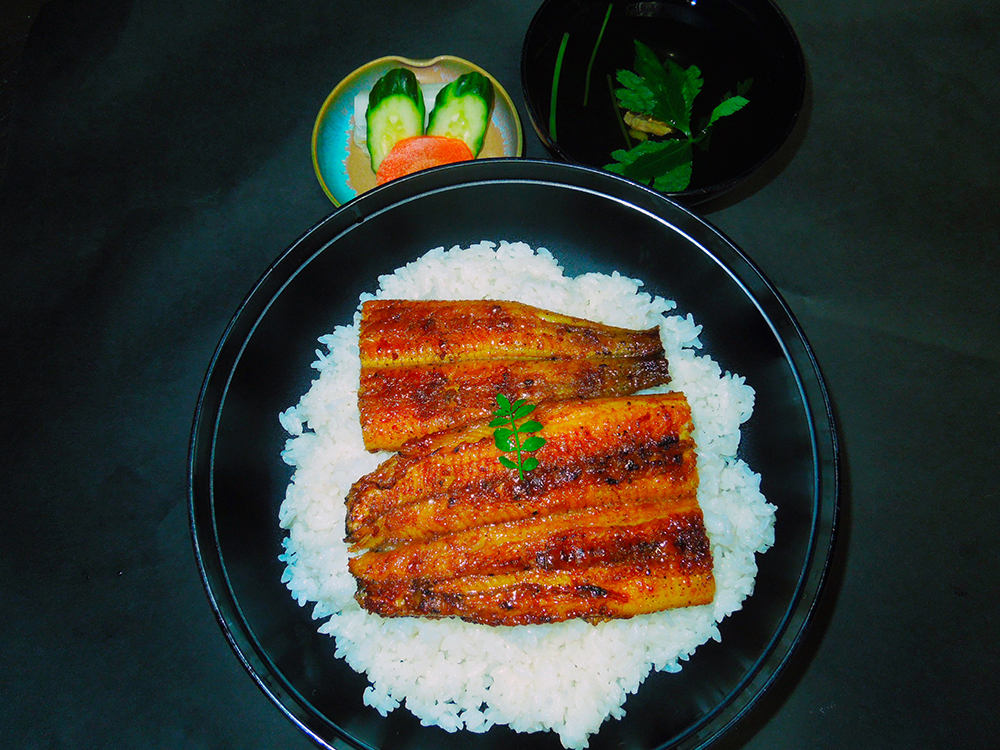
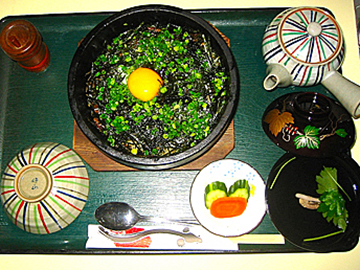
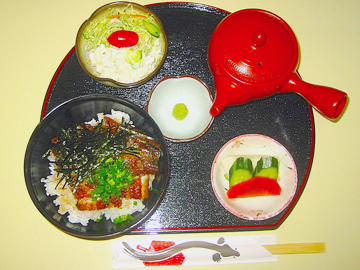
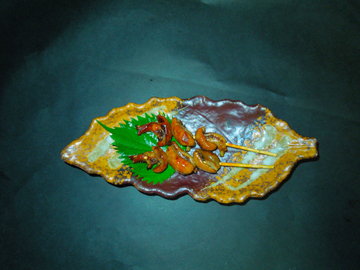
_加工.jpg)
_加工.jpg)